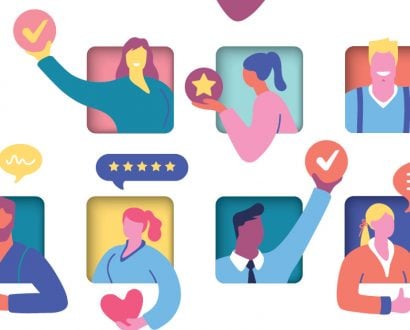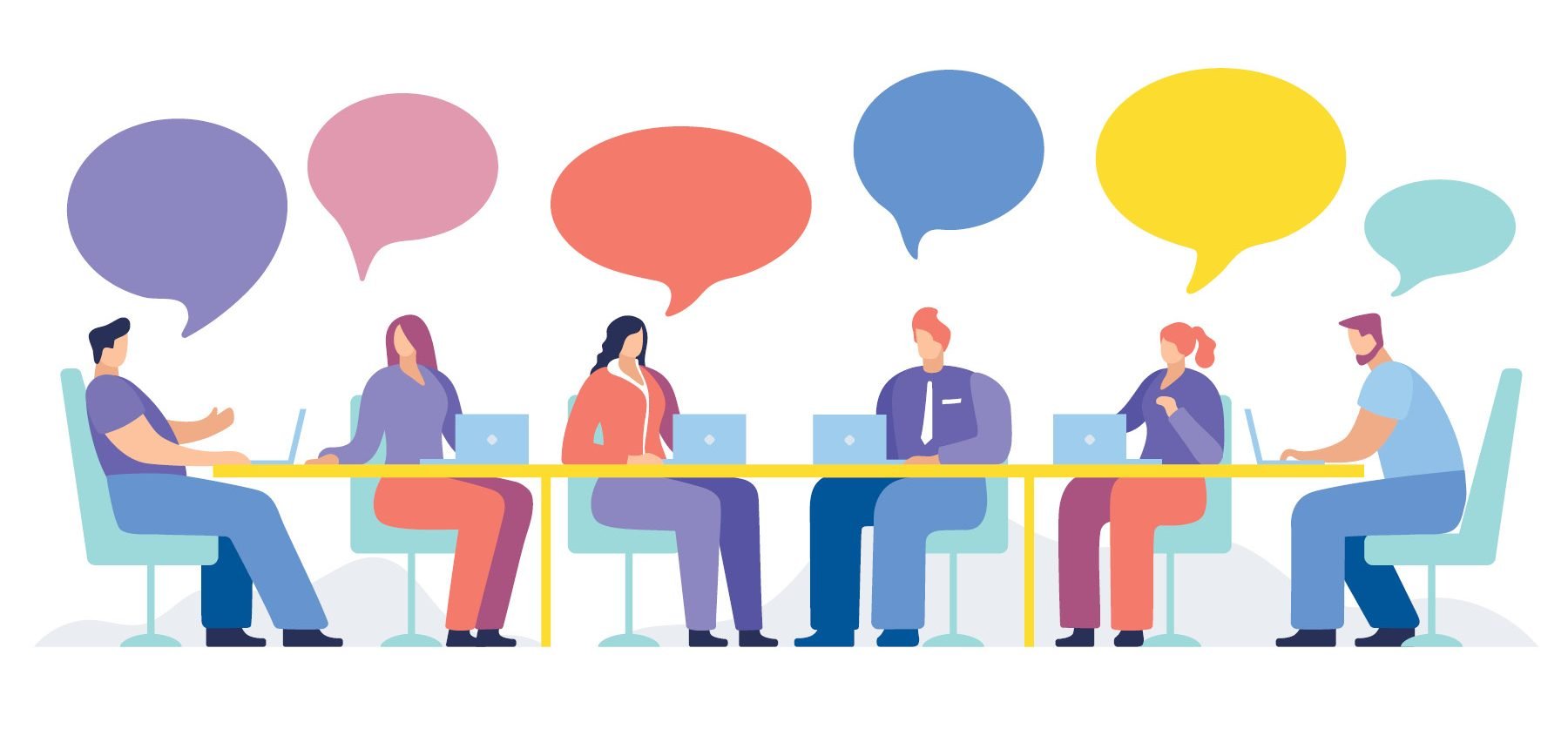Three ways to tell if your organization is customer-centric

We read about it every day: high interest rates, shifting business valuations and geopolitical tensions, including the upcoming 2024 United States presidential election.
In these challenging and uncertain times, today more than ever, businesses need to do this, that or the other. Let’s face it, though, the future is never certain. Savvy business leaders always need to play to win. To do that, you need to pick a focus: either the product or the customer.
Do you look inward first or outward first? If you have the (unquestionably) best product and the means, creativity and tech stack to keep it at number one, focus on the product. Otherwise, I strongly recommend focusing on the customer to guide strategy and investment.

The first step in determining whether your organization is customer-centric is to listen.
"That’s good!" you say. "We’re customer-centric."
That might sound too obvious to be worth mentioning. Rare is the executive who believes, or who will admit, that the organization is not customer-centric. It’s in the mission statement after all. As customers, however, we know that many of these mission statements, though well-intentioned, are at best aspirational.
So if we can’t rely on the mission statement to judge our customer-centricity, how can we tell if our organization really is customer-centric? In my experience as a customer experience (CX) leader, I’ve uncovered many ways to discern whether an organization is truly customer-centric or not. They boil down into three easy principles: listen, watch and ask.
Step 1: Listen
The first step in determining whether your organization is customer-centric is to listen.
• Do executives actually talk about customers? Once, at a town hall meeting, I heard the leader say the word ‘customer’ two times in the hour, while they said ‘receivables’ 28 times. The team got the message about what was really important to this leader.
• In the organization, who brings up the impact of strategies and changes on the customer? If no-one does, or if it falls to frontline staff to constantly protect the customer, then no, you’re not customer-centric. If, instead, leaders at the highest levels understand, address and prioritize customer impacts, that’s a good indicator.
As a CX leader, it’s our responsibility to make sure the organization is thinking and talking about customers.
• Are voice of the customer metrics (beyond net promoter score) widely shared and discussed? Are customer success stories regularly shared? An approach that worked well for me was to make sure there is a customer agenda point in every group meeting. That ensured that my team could share results and opportunities, and provide team members with more knowledge about customers.
Step 2: Observe
Next, take a look at the way the organization operates.
• When prioritizing projects and in planning, to what extent do executives and managers consider customers’ needs, if at all? Projects should be prioritized as follows:
1. Required for regulatory, legislative or business continuity reasons. These have to come first. Your customers may not say it, but first and foremost, they want you to stay in business. Try not to completely pause the next two, though. Can you outsource or bring in contractors to keep these moving?
2. Win–win: those projects that create a high return both for customers and for the business.
3. Win: those projects that create a high return for customers, but the return for the organization is less apparent or even has a negative return on investment. But keep in mind: When customers win, you will win in the long run, even if there’s a short-term loss.
• Is there a dedicated CX team or is customer experience everyone’s responsibility? When something is everyone’s responsibility, it’s really no-one’s responsibility. A dedicated CX team develops customer strategies, drives customer-centricity and brings the organization around the customer. As a CX leader, it’s our responsibility to make sure the organization is thinking and talking about customers.
As an example, when working at a lender, we had a few customers each year who were at risk of default. There were only a few customers, so it wasn’t a big financial issue, but it was intensely painful to those customers and their account teams. Advanced analytics allowed us to predict which customers were headed in that direction and intervene before it got to be a problem. We changed at-risk customers to very loyal customers and improved the account team experience. Without a customer experience team, this wouldn’t have happened.
• Do executives regularly interact with customers (at all levels, not just the big ones)? Without regular interaction, you become the proverbial ostrich with your head in the sand. I counsel executives to meet with at least one customer each month and also to spend some time each year on the front line with sales and customer service.
If you choose customer-centricity, make sure you’re not just paying lip service to it – your customers will notice the difference.
• Is there a robust listening program designed to understand customers’ experiences, expectations and perceptions? Such programs might include:
1. Voice of the Customer (VoC): VoC programs can include interviews, surveys, focus groups and customer advisory boards. Other valuable sources include all the conversations your team has with the customer – capture call center logs and your customer relationship management data.
2. Transaction Monitoring: Analyzing customer interactions and transactions provides valuable data on customer behavior. This can include monitoring purchase patterns, service usage and feedback from various touchpoints. Transaction monitoring helps in identifying trends and pain points that can be addressed to improve the customer experience.
3. Secondary, Syndicated and Social Research: Leveraging existing data sources and social media insights can provide a wealth of information about customer preferences and industry trends. Syndicated research reports, market analysis and social media listening tools can help businesses stay informed about broader market dynamics and customer sentiments.
4. Targeted Research: Conducting specific research projects tailored to unique customer segments or particular business questions can yield actionable insights. This might involve custom surveys, focus groups and experimental studies designed to test new concepts or gather detailed feedback on specific issues.
5. Voice of the Employee (VoE): Frontline team members know a lot about customers, their preferences and pain points. Don’t miss this important knowledge source.
Step 3: Ask
This one is pretty obvious. Your customers are the best judges of whether your organization is customer-centric. As noted above, both formal and informal listening is critical to identifying your trajectory and areas for improvement and differentiation.
In conclusion, not every company needs to have a customer-centric strategy. Again, if you have the best product and the means to keep it outperforming the competition, focus on the product.
If you choose customer-centricity, make sure you’re not just paying lip service to it – your customers will notice the difference.
By actively listening to customer feedback, observing and adapting organizational practices to meet customer needs, and directly asking for customer input, businesses can ensure they remain relevant and competitive.
Implementing robust VoC and VoE programs and dedicating resources to understanding customer experiences can transform aspirational mission statements into actionable strategies. Ultimately, companies that prioritize their customers’ needs and experiences are better positioned to thrive, regardless of external uncertainties.